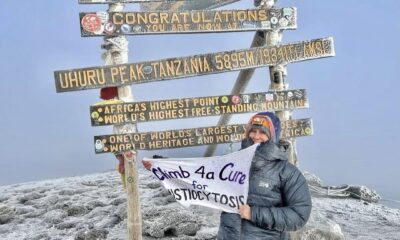Brazil and Argentina tapped to make mRNA vaccines in Latin America
BRASILIA, Sept 21 (Reuters) – The Pan American Health Organization (PAHO) has selected two biomedical centers in Argentina and Brazil as regional hubs to develop and produce mRNA-based vaccines to fight COVID-19 in Latin America, the regional health agency said on Tuesday.
The idea is to tap existing manufacturing capacities to help transfer vaccine technology developed by Moderna (MRNA.O) in the United States to a region badly hit by the coronavirus and still without access to enough vaccines.
The Bio-Manguinhos Institute of Technology on Immunobiologicals at Fiocruz, Brazil’s premier biomedical lab, was picked for its history of vaccine manufacturing, and has already made “promising advances” developing mRNA vaccine technology, PAHO said. Sinergium Biotech, a private sector biopharmaceutical company, was selected as the center in Argentina and will partner with pharmaceutical lab mAbxience of the same group to develop and manufacture active vaccine ingredients.
The Americas branch of the World Health Organization said vaccine manufacture should benefit the entire region, with distribution funded by PAHO’s Revolving Fund.
A similar effort in Africa to develop COVID-19 vaccine production replicating Moderna’s shot has been slowed by talks with the U.S. company, a WHO official told Reuters last week.
Moderna said in October it would not enforce patents related to its shot during the pandemic, raising hopes that other companies might be able to copy its vaccine and help boost global production.
In practice, though, it is hard to replicate a vaccine without the information on how it is made, and the WHO-backed tech transfer hub in South Africa has so far not reached a deal with the company.
The Americas region has borne the brunt of COVID-19 infections to date, with 87.6 million cases recorded and over 2.16 million lives lost. Yet vaccine distribution continues to be unequal, PAHO has said, with few countries in the region reaching the year-end 40% vaccine target set by the WHO.












